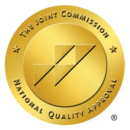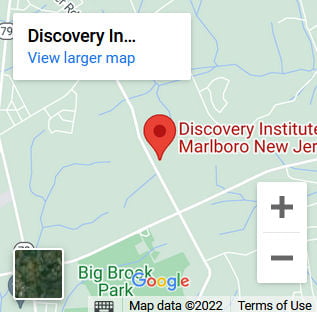What Are Opioids?
Opioids are a class of drugs that are derived from the poppy plant. The effects of opium are notorious for their addictive qualities despite the euphoric, pain-numbing characteristics. Opioids were revolutionized in the prescription medication arena, but the consequences of financial interests and lack of resources have caused a rift. Opioids are crafted to block pain signals between the brain and body.
Common forms of opioids are:
- Prescription Opioids – OxyContin, Hydrocodone
- Synthetic Opioids – Fentanyl
- Heroin
- Morphine
Opioids come at a heavy price, especially for those who experience withdrawal symptoms after developing a dependence on them. Once a person begins to require larger doses, they run the risk of developing a substance use disorder.
Fatal overdose has become increasingly common in opioid abuse. The rising costs of prescription opioids and restricted supply have influenced those struggling to resort to illicit, more potent forms of opioids.
The Opioid Epidemic in the United States
The opioid epidemic in the United States has witnessed a spike due to various components. According to the data from the CDC, more than 100,000 people died of drug overdoses in the United States during the 12-month period ending April 2021. Consequently, synthetic opioids (primarily fentanyl), caused 64% of all drug overdose deaths in the 12-month period ending April 2021. The CDC’s National Center for Health Statistics found this increase up 49% from the year before.
Fentanyl abuse and the Covid-19 pandemic have been influential pieces of this tragic mosaic. The illicit trafficking of synthetic opioids and lower prices drive the trends. As a result, synthetic drugs are less challenging to manufacture and tend to be potent. Within periods of imbalance, people who already suffer from substance abuse can delve deeper into these patterns.
There is no question of the severity of the opioid epidemic. The US federal government has introduced policies for states to combat the crisis by improving access to Naloxone, which is used for opioid overdoses. These medications have improved the chances for recovery, especially with the growing rates of fatal overdose. Drug overdoses have caused roughly twice the amount of deaths compared to gun violence and car accidents.
Why Is It So Important to Have Harm Reduction to Prevent Overdoses?
Harm reduction has become recognized as a middle ground for addiction treatment recovery and people with substance use disorders. Harm reduction aims to meet the recovering person where they are at but continues to emphasize the severity of prolonged use.
Harm reduction principles are meant to maintain, reduce, and adjust to the reality of substance use. Harm reduction works by acknowledging the voices of those in the addiction recovery community and establishing a platform for practical ways to treat addiction.
Addiction is a complex condition that is influenced by many elements. Exposure to a mixture of factors and substance use can inspire a disorder but doesn’t always seal the deal.
Harm reduction is vital due to how the strategies embrace the factors of substance use, such as:
- Poverty
- Class
- Racism
- Social isolation
- Past trauma
- Sex-based discrimination
Is There Treatment For Opioid Addiction?
Despite the rising trends of opioid addiction, there are treatment options available. The continuum of care is designed to treat each stage of addiction. The promise of this model has granted those in recovery to curate the care they need.
It can be challenging to attain sobriety alone, especially without a support system and potential medical supervision. Relapse is a recurring piece of the addiction recovery process, affecting 40-60% of recovering individuals.
In the case of the opioid epidemic, Naloxone is a medication resource to help treat opioid overdoses. Naloxone flushes out receptors and reverses the effects of the overdose. Additionally, Naltrexone functions by blocking the euphoric effects of opioids by not turning the receptor. As a result, a person must be completely free of all opioids before administering Naltrexone. Naltrexone could be taken orally or through monthly injection.
The continuum of care can include:
- Drug and Alcohol Detoxification
- Residential Treatment
- Outpatient Treatment
- Dual Diagnosis Treatment
- Support Groups
- Sober Living
- Holistic Addiction Treatment
Discovery Institute Helps Those Struggling With Opioid Addiction
After spending your first day at an outpatient treatment facility, you’ve become optimistic about your recovery journey from opioid addiction. The steps you’ve taken to get here showcase a window of opportunity for yourself.
Discovery Institute encourages you to stay determined because there is no single cure for addiction. With the guidance of our staff, you can create a new lifestyle for yourself. If you or a loved one are struggling with substance use, reach out to our facility today.
References:
https://www.cnn.com/2021/11/17/health/drug-overdose-deaths-record-high/index.html
Provide the highest quality clinical care through evidence-based treatment practices and innovative supportive strategies to improve and heal the lives of individuals suffering from substance use disorder. It’s our goal to lessen the adverse impact on families and society as a whole through providing a range of cutting-edge treatment modalities and individualized treatment plans for all of our clients and their families.



